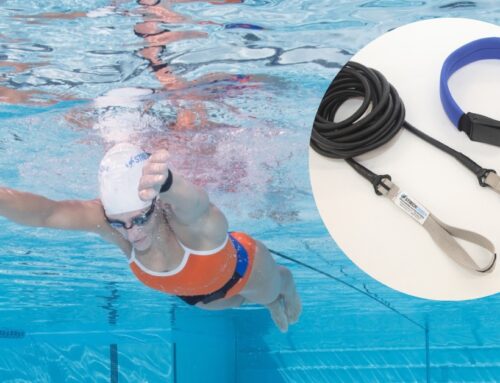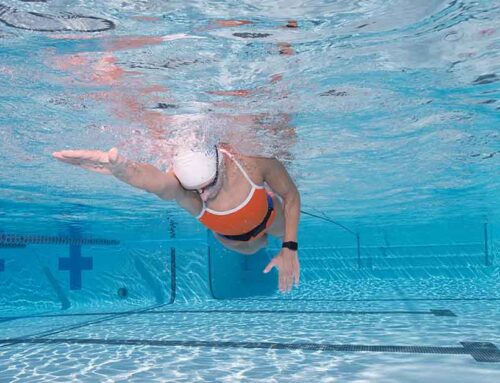 – Tell it to me Straight!
– Tell it to me Straight!
….Wait, I mean Curved!
Good posture is important for a variety of reasons. Proper posture keeps bones and joints in correct alignment, such that muscles can be used efficiently and properly. Good posture helps decrease joint discomfort, backache, muscular pain, and fatigue. Good posture contributes to a desirable physical appearance and improved mood. As we think about improving our postures, we shan’t envision being a stiff, rigid, straight board; rather, we honor the natural curvature of the spinal column and allow our bodies to settle into the alignment for which they are designed.
When we talk about a neutral spine, the vertebral column is never in a truly straight line. The spine has three permanent natural curves. The first curve is thecervical curve,in which the back of the neck curves slightly forwards toward the front of the body. The second curve is thethoracic curve,in which the upper back curves slightly backward away from the front of the body. The third curve is thelumbar curve,in whichthe lower back curves slightly forwards toward the front of the body like thecervical curve. We can strengthen and stretch the muscles affecting the spine in order to maintain the normal curves of the vertebral column. One great exercise tool for this is our New STRETCH & MOBILITY STRAP.
Range of motion in the spine is further enhanced when we add the motion of the pelvis. Motion of the pelvis corresponds to motion of the spine, but the motion is opposite that of the spine. For example, as the spine flexes (bends) forward, the pelvis tilts backwards (i.e. resulting in a posterior pelvic tilt). As the spine extends (bends) backwards or to an upright position, the pelvis tilts forward(i.e. resulting in an anterior pelvic tilt).

Image retrieved from http://crossfitdc.com/2011/11/396.html
Maintaining or re-training the normal curves of the spine is a primary focus in many exercise programs.
Many individuals experience back pain, much of which is caused or exacerbated by imbalances in muscular strength and flexibility. Muscular and flexibility imbalances are often exaggerated by the pull of gravity as we go about our daily routines. For example, weak abdominal muscles allow the anterior pelvic tilt to move further forward, often causing lumbar hyper-extension (i.e. over-extension). Prolonged sitting can cause tight hip flexors, which also causes an exaggerated anterior pelvic tilt and corresponding lumbar hyper-extension. The increasedlordotic(i.e. lower-back) curve is a contributing factor to low-back pain. Additionally, an exaggerated posterior pelvic tilt eliminates the normal curve of the lumbar spine and can also cause low-back pain. Posterior pelvic tilt is often caused by weak erector spinae muscles in the back along the spinal column. By strengthening weak muscles and stretching tight muscles, we can allow the body to align itself with the natural curvature of the spinal column. It is important to remember that some muscles of the hip joint (such as the iliopsoas) attach to the spine as well; thus hip movements may affect changes in the positioning of the lumbar spine.
Any exercises that promote strength and flexibility of the rectus abdominus, erector spinae, iliopsoas, and gluteal muscles will support postural improvements. Shallow water-toning exercises, such as hip flexion, extension, and hyper-extension exercises, standing spinal flexion and extension exercises, and supine spinal flexion and extension exercises are a great place to start on your way to developing the strength and flexibility you need to improve your posture. Additionally, an article by Beth Scalone, PT, DPT, OCS outlines specific exercises for improving various postural imbalances. Interested readers are directed to Beth Scalone’s article: Interactive Posture.
When we bring awareness to our posture throughout the day and during our exercise programs, we will being to practice sitting and standing taller and comfortably, ready to face whatever comes our way with confidence, positivity, and ease.
Reference:
White, J. E., Sanner, R. E., Rumery, A., & Wentworth, J. (Eds.). (2010). Aquatic Fitness Professional Manual, 6th Edition.Champaign, IL: Human Kinetics.




